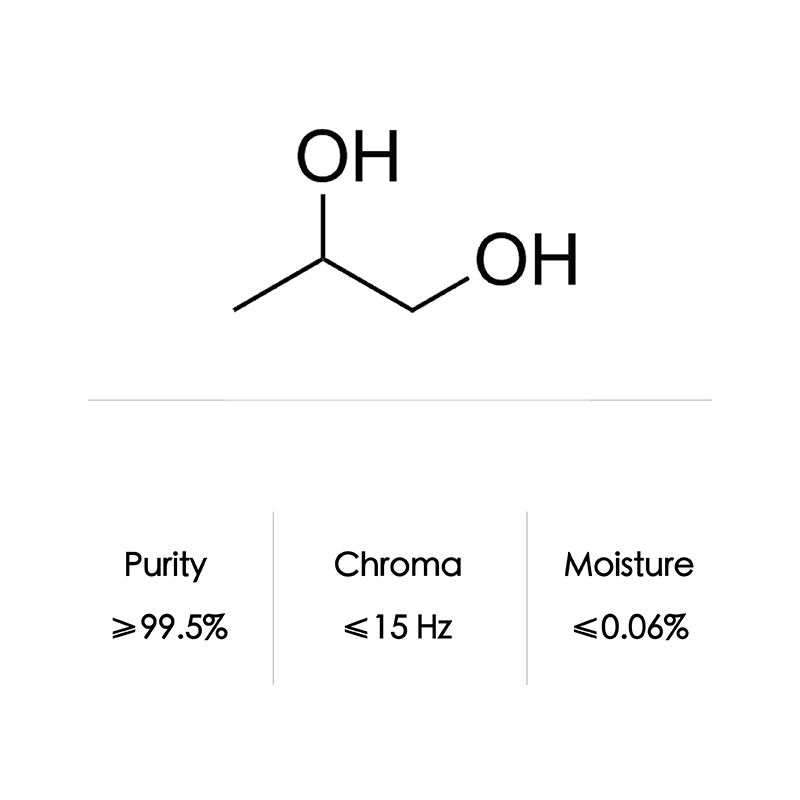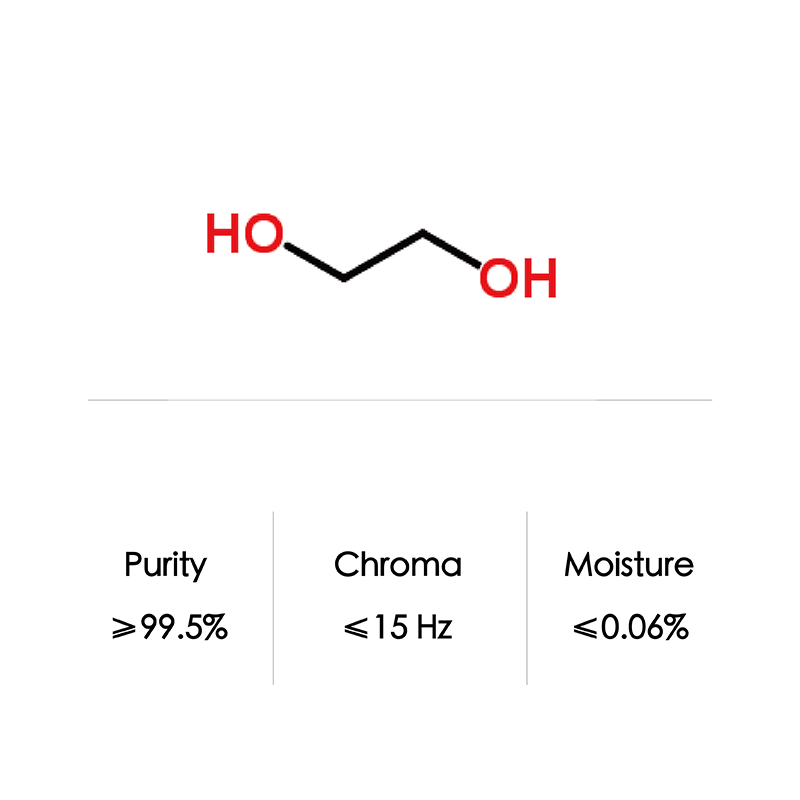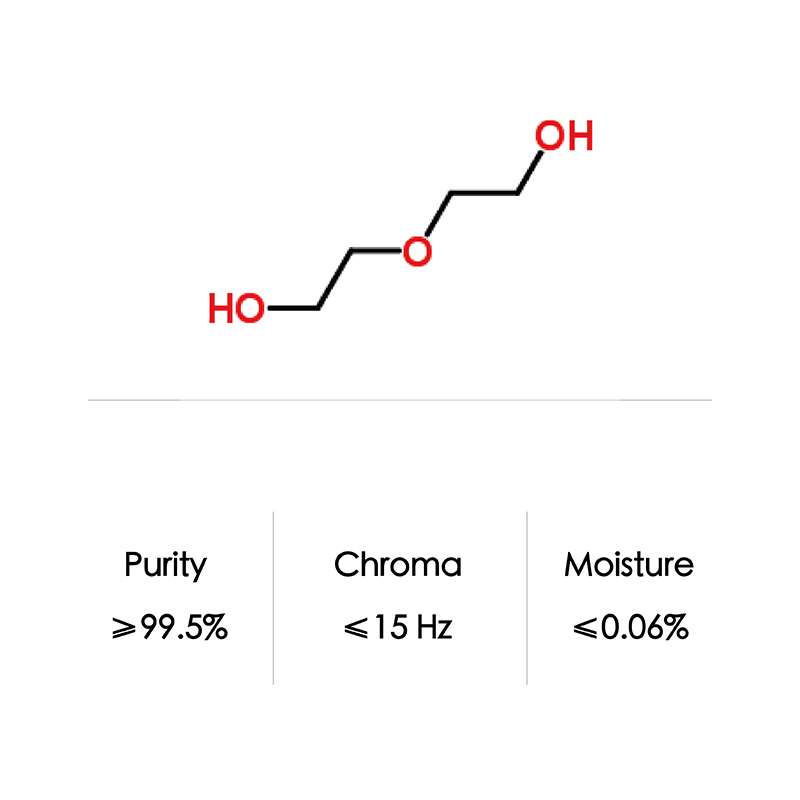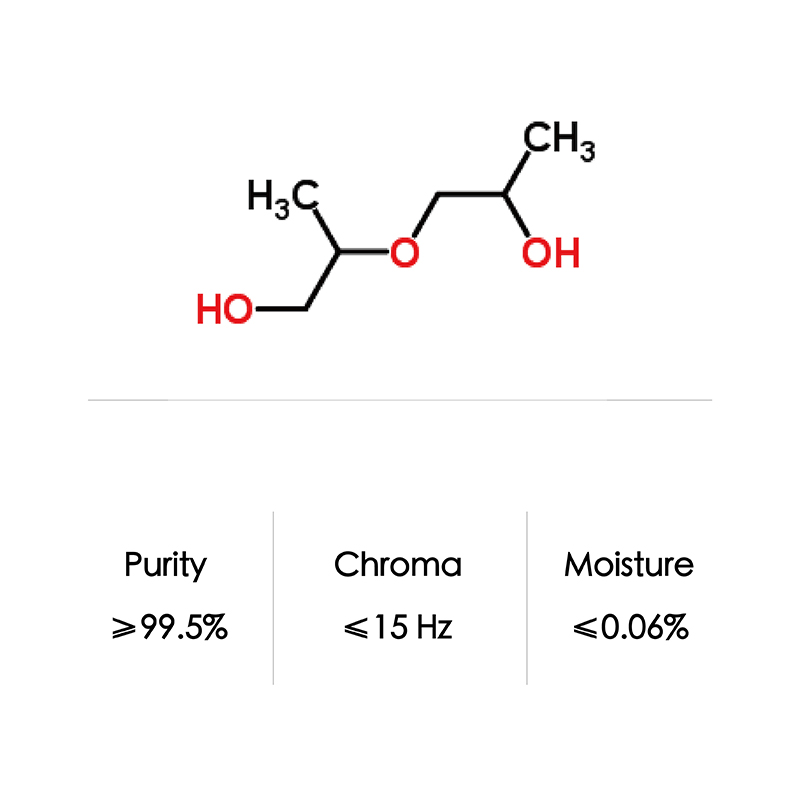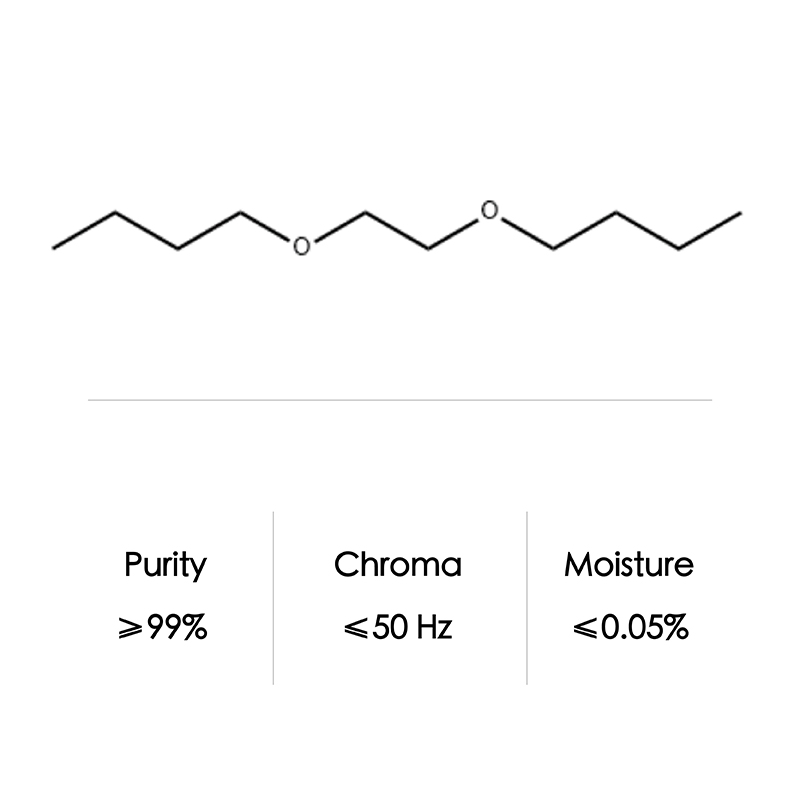
Products
Propylene Glycol (PG) 99.5%, 99.9% USP Grade /CAS No.: 57-55-6
Product Description
It is produced on a large scale primarily for the production of polymers. In the European Union, it has E-number E1520 for food applications. For cosmetics and pharmacology, the number is E490. Propylene glycol is also present in propylene glycol alginate, which is known as E405. Propylene glycol is a compound which is GRAS (generally recognized as safe) by the US Food and Drug Administration under 21 CFR x184.1666, and is also approved by the FDA for certain uses as an indirect food additive. Propylene glycol is approved and used as a vehicle for topical, oral, and some intravenous pharmaceutical preparations in the U.S. and in Europe.
Properties
| Formula | C3H8O2 | |
| CAS NO | 57-55-6 | |
| appearance | colorless, transparent, viscous liquid | |
| density | 1.0±0.1 g/cm3 | |
| boiling point | 184.8±8.0 °C at 760 mmHg | |
| flash(ing) point | 107.2±0.0 °C | |
| packaging | drum/ISO Tank | |
| Storage | Store in a cool, ventilated, dry place, isolated from the fire source, loading and unloading transportation should be stored in accordance with the provisions of flammable toxic chemicals | |
*The parameters are for reference only. For details, refer to COA
Application
| It is often used as an excipient in many pharmaceutical preparations to increase the solubility and stability of the drug. |
In pharmaceutical formulations, MEA is used primarily for buffering or preparation of emulsions. MEA can be used as pH regulator in cosmetics.
It is an injectable sclerosant as a treatment option of symptomatic hemorrhoids. 2–5 ml of ethanolamine oleate can be injected into the mucosa just above the hemorrhoids to cause ulceration and mucosal fixation thus preventing hemorrhoids from descending out of the anal canal.
It is also an ingredient in cleaning fluid for automobile windshields.
Advantage
The compound is sometimes called (alpha) α-propylene glycol to distinguish it from the isomer propane-1,3-diol, known as (beta) β-propylene glycol. Propylene glycol is chiral. Commercial processes typically use the racemate. The S-isomer is produced by biotechnological routes.
1,2-Propanediol is an important raw material for unsaturated polyester, epoxy resin, polyurethane resin, plasticizer, and surfactant. The amount used in this area accounts for about 45% of the total consumption of propylene glycol. It is widely used in surface coatings and reinforced plastics. 1,2-propanediol has good viscosity and hygroscopicity, and is widely used as hygroscopic agent, antifreeze agent, lubricant and solvent in the food, pharmaceutical and cosmetic industries. In the food industry, 1,2-propanediol reacts with fatty acids to form propylene glycol fatty acid esters, which are mainly used as food emulsifiers; 1,2-propanediol is an excellent solvent for seasonings and pigments. Due to its low toxicity, it is used as a solvent for spices and food coloring in the food industry. 1,,2-Propanediol is commonly used as a solvent, softener and excipient in the manufacture of various ointments and ointments in the pharmaceutical industry, and as a solvent for blending agents, preservatives, ointments, vitamins, penicillin, etc. in the pharmaceutical industry . Because propylene glycol has good miscibility with various spices, it is also used as a solvent and softener for cosmetics. 1,2-Propanediol is also used as a tobacco moisturizer, antifungal agent, food processing equipment lubricant and solvent for food marking inks. Aqueous solutions of 1,2-propanediol are effective antifreeze agents. It is also used as tobacco wetting agent, antifungal agent, fruit ripening preservative, antifreeze and heat carrier, etc.

